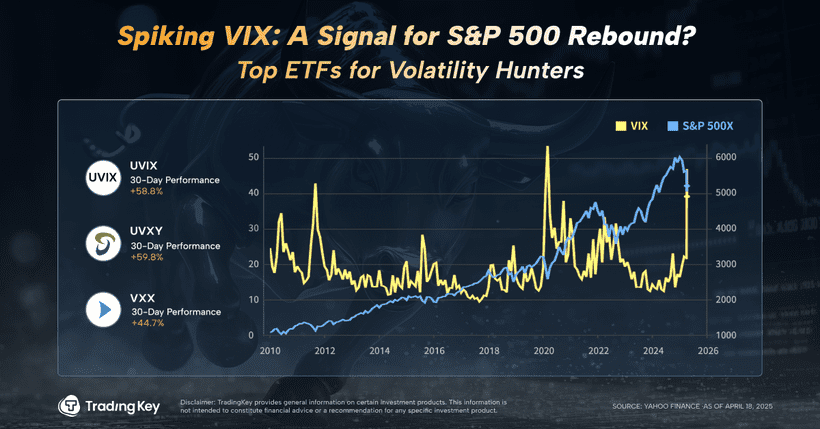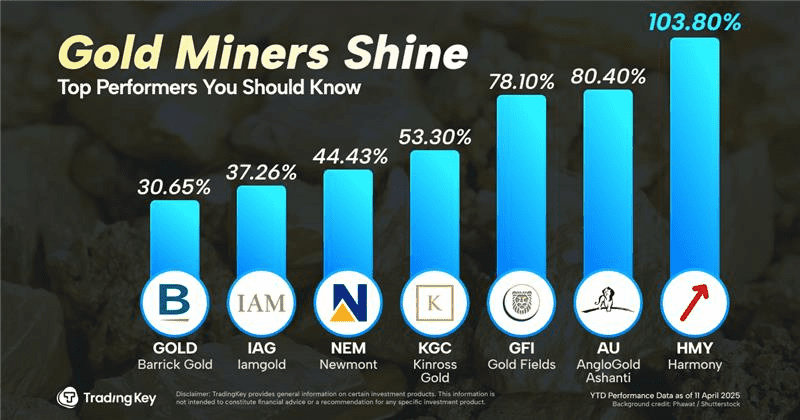Palo Alto Networks Shares: Here’s Why They Fell 5% After Q2 FY2025 Results


TradingKey - In the world of tech trends and long-term thematics, it’s likely that cybersecurity comes a close second behind Artificial Intelligence (AI). One of the key companies in the cybersecurity space is Palo Alto Networks Inc (NASDAQ: PANW).
The company reported strong Q2 FY2025 results on Thursday (13 February) but its stock price still slipped 5% in after-hours trading. What gives and why did the market punish Palo Alto shareholders?
While the cybersecurity giant delivered solid growth and highlighted its AI-driven future, cautious guidance and high investor expectations may have overshadowed its performance. Here’s a closer look at Palo Alto’s latest earnings, as well as the market’s reaction, and what it all means for investors going forward.
Strong earnings but guidance leaves investors unsure
For Q2 FY2025 earnings, Palo Alto Networks posted adjusted earnings of US$0.81 per share on US$2.26 billion in revenue, beating Wall Street’s expectations of US$0.78 per share and US$2.24 billion in revenue.
That was a solid 14% year-on-year revenue increase, with product sales growing 7.9% year-on-year and subscription and support revenue rising 16% year-on-year.
Despite this, the stock dipped. The reason? Palo Alto’s Q3 FY2025 revenue guidance of US$2.26 billion to US$2.29 billion, while slightly above analyst estimates, wasn’t a blowout.
Full-year earnings guidance of US$3.18 to US$3.24 per share also narrowly topped consensus estimates of US$3.17. In a high-expectation market, sometimes meeting or slightly beating projections isn’t enough to keep momentum going – especially for a growth stock in the cybersecurity sector.
AI and platformisation
Palo Alto’s deepening focus on AI-driven cybersecurity is reshaping the company’s future. Its platformisation strategy — integrating multiple security services into unified platforms — continues to attract large customers, with notable Q2 deals including:
- A US$65 million deal with an Asian bank, boosting its annual recurring revenue (ARR) by 5 times
- A US$60 million agreement with a U.S. municipality to expand its network and cloud security footprint
- A US$25 million transaction with a European automaker, adding IoT and cloud protections
With over 1,150 customers adopting Palo Alto’s platform approach, long-term growth prospects remain strong. But for investors focused on short-term stock price movements, the Q2 FY2025 report offered little to spark immediate excitement.
AI adoption is accelerating…but so is competition
AI was the buzzword throughout the earnings call, with CEO Nikesh Arora highlighting how AI-powered cybersecurity is becoming essential.
Palo Alto’s new Cortex Cloud platform promises real-time threat detection and automated responses, positioning the company well as businesses secure their AI deployments.
However, competitors like CrowdStrike Holdings Inc (NASDAQ: CRWD), Zscaler Inc (NASDAQ: ZS), and Check Point Software Technologies Ltd (NASDAQ: CKHP) are also investing heavily in AI-based security solutions, intensifying the competitive landscape.
While Palo Alto’s AI initiatives are promising, investors may be concerned about how quickly these efforts will translate into significant financial returns.
Financial highlights: Solid numbers, cautious optimism
Palo Alto’s Q2 financials were strong, but not enough to push the stock higher. Subscription Revenue rose 20%, reflecting growing demand for cloud and AI services while operating margin was expected to be 28% to 28.5% for the full year – driven by cost efficiencies and AI-based productivity improvements.
Free cash flow margin was projected at an impressive 37% to 38% for FY2025, with similar levels expected through 2027.
While these figures demonstrate financial discipline and growth, the market’s reaction suggests that investors were hoping for a more aggressive outlook.
What’s next for Palo Alto Networks shares?
Looking ahead, Palo Alto forecasts full-year FY2025 revenue of US$9.14 billion to US$9.19 billion (a 14% year-on-year increase) and NGS ARR between US$5.52 billion and US$5.57 billion (up 31% to 32%).
These targets signal confidence, but investors may remain wary as competition heats up and macroeconomic uncertainties linger.
While the stock price decline after earnings might feel disappointing, the company’s long-term story remains intact. For investors with a longer time horizon, the current dip could be an opportunity to accumulate shares in a leading cybersecurity company with strong AI ambitions.







